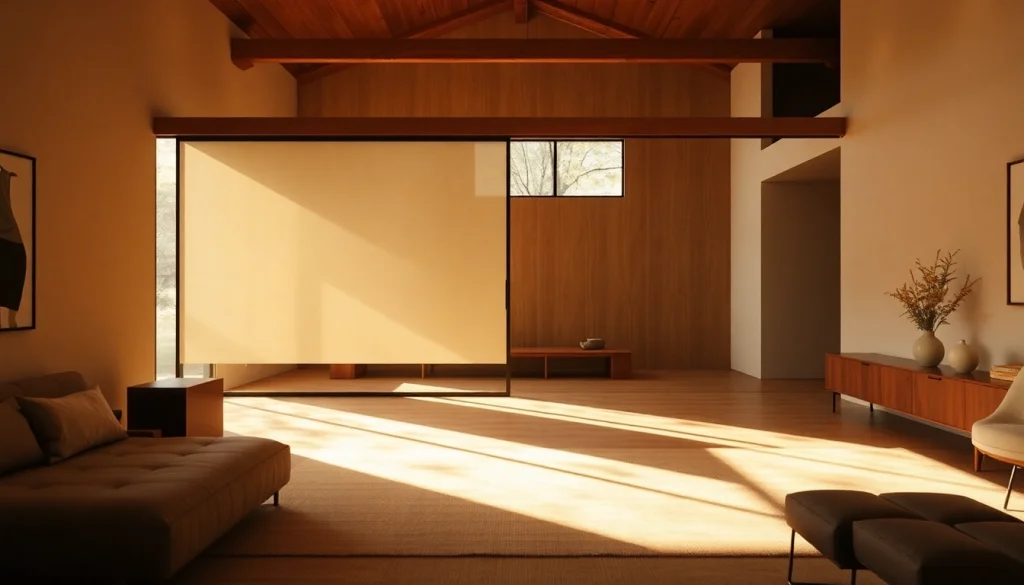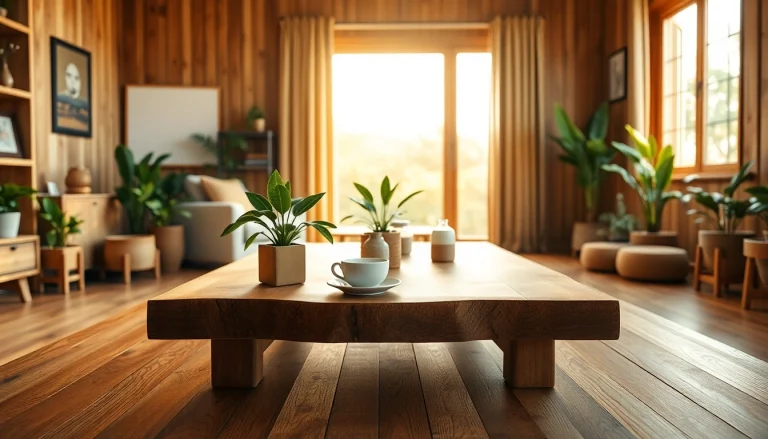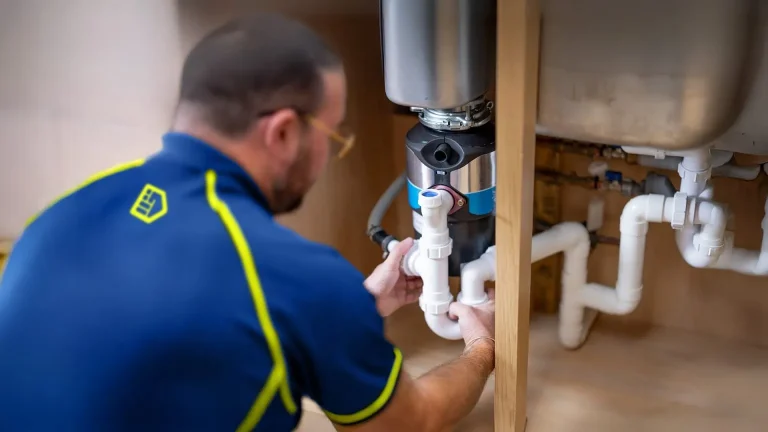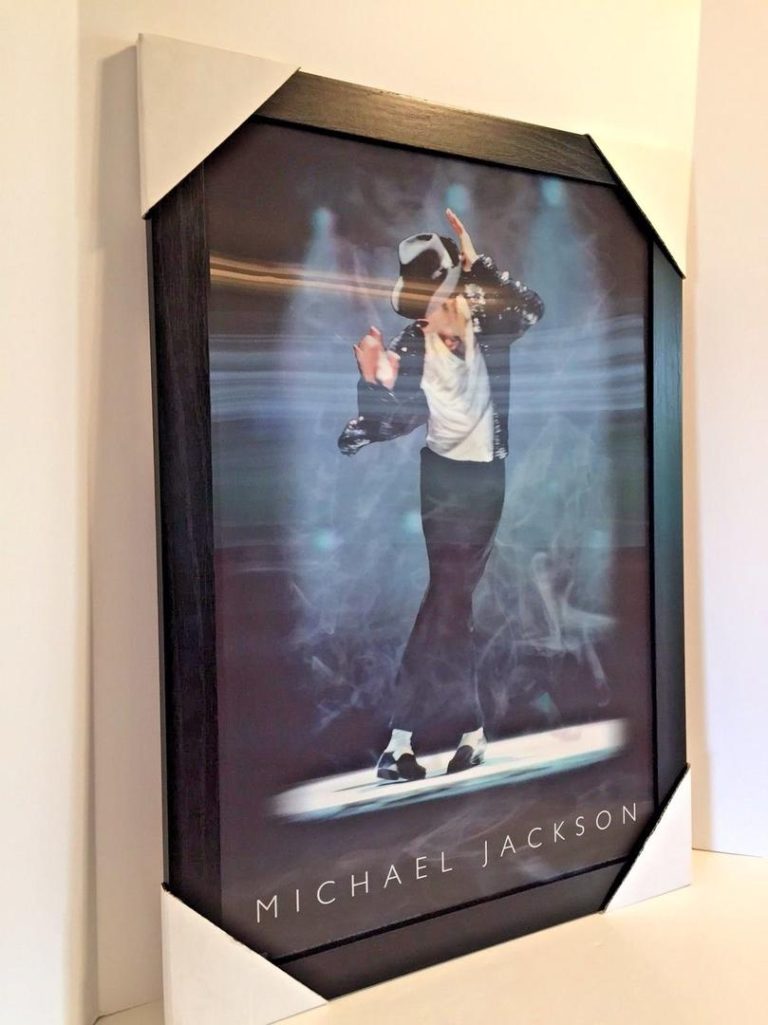
Introduction to Sliding Partition Walls
In the dynamic world of interior design and architecture, maximizing space efficiency while ensuring aesthetic appeal is increasingly invaluable. One particular solution that bridges these two aspects is the sliding partition wall. These innovative constructions allow for flexible spatial arrangements, accommodating varying needs for privacy, functionality, and style. As urban spaces become smaller and multi-functional, understanding the potential of sliding partition walls becomes essential for homeowners, business owners, and interior designers alike.
What is a Sliding Partition Wall?
A sliding partition wall is a versatile, operable wall system that enables users to create separate spaces within a larger area. Typically constructed from materials such as wood, glass, or metal, these walls can slide to and from fixed positions via tracks mounted on ceilings or walls. Their primary function is to provide temporary barriers that can redefine the layout of a room, offering myriad uses from creating private workspaces in offices to sections of living areas in homes.
History and Evolution of Sliding Partition Walls
The history of sliding walls can be traced back to ancient times, where Chinese and Japanese architectural practices incorporated movable screens and partitions in their homes. These early iterations aimed to provide adaptability to living spaces, reflecting cultural priorities for flexibility in design. In the contemporary landscape, advancements in materials and technology have turned sliding partition walls into essential elements of modern architecture. They are now engineered not only for aesthetics but also for durability, sound insulation, and thermal performance, reflecting current trends towards sustainability and multifunctionality.
Benefits of Using Sliding Partition Walls
The benefits of sliding partition walls extend far beyond simple space division. Here are some key advantages:
- Space Optimization: Sliding walls can turn open-concept spaces into functional areas tailored to specific activities, effectively maximizing available square footage.
- Flexibility: Users can easily adjust the space configuration according to their needs, providing a responsive solution to changing requirements.
- Privacy Control: In environments where confidentiality is crucial, such as offices and clinics, sliding partitions can create enclosed areas conducive to focused work or private conversations.
- Design Aesthetic: Available in various designs, materials, and finishes, these partitions can enhance the visual appeal of a room while fitting seamlessly into diverse architectural styles.
- Noise Reduction: High-quality sliding walls can substantially reduce sound transmission, making them an excellent choice for shared spaces seeking to control acoustics.
Types of Sliding Partition Walls
Glass vs. Solid Lower Sliding Partition Walls
Sliding partition walls can largely be categorized into two main types: glass and solid. Glass sliding partitions are popular for their ability to create an illusion of space while still providing division. They allow natural light to flow through, maintaining an open feel in any environment. However, they come with potential downsides such as a lack of privacy and insulation.
On the other hand, solid sliding partition walls are typically constructed from materials like wood or drywall. These partitions offer superior privacy and sound insulation compared to glass options. Choosing between them depends largely on the specific use case, desired aesthetics, and privacy requirements of the space.
Track Systems: Ceiling-Mounted and Wall-Mounted
The performance of sliding partition walls hinges significantly on the track system used for operation. There are mainly two types: ceiling-mounted and wall-mounted systems. Ceiling-mounted tracks are ideal for providing a clean look, eliminating the need for visible floor tracks which can disrupt the flow of the room. This system is often more reliable as it bears less weight and minimizes wear over time.
Conversely, wall-mounted tracks can provide a more stable solution for heavier panels, making them suitable for solid partition walls. Understanding the differences can guide users towards determining which system best fits their needs based on the material of the partitions and the intended usage.
Choosing the Right Material for Your Needs
The material choice for sliding partition walls is crucial as it directly impacts durability, functionality, and overall aesthetic. Options include:
- Glass: Great for contemporary designs and enhancing natural light, ideal for offices or modern residential spaces.
- Wood: Offers warmth and versatility, suitable for both traditional and modern settings.
- Metal: Excellent for industrial-style spaces, known for durability and strength but can sometimes lack warmth.
- Composite Materials: Often used for sound insulation, providing a balance between aesthetics and functionality.
When selecting a material, consider factors such as the space’s primary use, design consistency, and required sound insulation.
Applications in Home and Business Environments
Residential Uses: Space Maximization
In residential settings, sliding partition walls serve numerous functions. Homeowners often use these structures to create multifunctional spaces—allowing a single area to transform from a living space into a home office or a guest bedroom. For instance, a sliding wall can separate a cozy living room from a play area, allowing parents to keep an eye on children while utilizing space efficiently. This adaptability is particularly crucial in urban living situations where every square foot counts.
Commercial Implementations: Flexibility in Office Spaces
In corporate settings, the demand for adaptable workspaces continues to rise. Sliding partition walls facilitate the creation of flexible environments that can be reconfigured to meet the fluctuating needs of the workforce. This creates areas for collaboration, individual focus, and privacy—all with the ease of movement enabled by these partitions.
Examples include areas that need to be transformed for meetings or presentations within seconds. Some companies even implement acoustic sliding walls, which provide sound-proofed spaces for more sensitive discussions.
Creating Privacy with Interior Sliding Partition Doors
Interior sliding partition doors are an effective solution for creating private areas without the disruption of full wall constructions. In residential properties, these can serve as elegant entrances to bedrooms or offices, while in commercial buildings, they can separate meeting rooms from open-plan office spaces. Their ability to blend seamlessly into the architecture enhances their visual appeal while serving a functional purpose.
Installation of Sliding Partition Walls
DIY Installation Steps for Homeowners
While many homeowners may choose to hire professionals for installing sliding partition walls, a DIY approach is possible with careful planning. Here’s a brief overview of steps for those inclined to tackle it themselves:
- Measure Your Space: Obtain accurate measurements of the area where the sliding wall will be installed, noting ceiling height and wall length.
- Choose Your Materials: Based on your requirements, select your desired partition style and materials.
- Install the Track System: Attach the ceiling or wall-mounted track according to the manufacturer’s instructions, ensuring it is levelled properly.
- Attach the Panels: Hang the panels on the track, ensuring they slide smoothly and are secured correctly.
- Test Functionality: Check that the wall opens and closes without obstruction and that it meets privacy needs.
Hiring Professionals vs. Self-Installation
While DIY installations can provide a cost-saving alternative, hiring professionals often ensures the job is done accurately and efficiently. Contractors are more skilled in handling complex adjustments, ensuring the walls function correctly without future issues. Furthermore, professional installation can also mean adhering to building codes and regulations more effectively, potentially saving hassles down the road.
Common Mistakes to Avoid When Installing
Whether choosing DIY or hiring professionals, mistakes can happen. Here are some common pitfalls to avoid:
- Incorrect Measurements: Always double-check space measurements to avoid fit issues during installation.
- Neglecting to Level the Track: A crooked track can lead to functionality issues. Ensure the track is correctly aligned and level.
- Choosing Inappropriate Materials: Ensure the selected materials suit the intended function concerning weight, privacy, and aesthetics.
- Overlooking Acoustics: Consider the sound insulation properties of the materials chosen. This is especially relevant in office environments where noise levels are a concern.
Maintaining and Upgrading Sliding Partition Walls
Regular Maintenance Tips for Durability
Maintaining sliding partition walls is crucial for ensuring their longevity. Regular checks and simple maintenance tasks can help keep these walls functioning optimally:
- Routine Cleaning: Dust and debris can accumulate in tracks, making sliding more difficult over time. Regularly clean tracks and panel surfaces with appropriate cleaning products.
- Inspection for Wear: Periodically check for any signs of wear, such as loose fittings or damaged panels, and address them promptly.
- Lubrication: Apply silicone-based lubricant to tracks to ensure smooth motion and prevent friction-related damage.
- Check for Moisture: Ensure that areas around the partitions do not accumulate moisture, which can lead to mold or wood rot.
Upgrading Features for Enhanced Functionality
As design trends and technology evolve, upgrading sliding partition walls not only enhances usability but improves the aesthetic appeal of spaces:
- Incorporating Smart Technology: Integrate smart systems allowing automatic opening and closing mechanisms, enhancing convenience especially in commercial settings.
- Adding Acoustic Panels: Consider adding additional sound insulation for commercial spaces where noise management is a priority.
- Custom Finishes: Upgrading finishes—such as new paint, glass designs, or materials—can significantly refresh the appearance of a space.
Performance Metrics: Measuring Effectiveness of Use
Evaluating the effectiveness of sliding partition walls can greatly enhance planning for future projects. Key metrics to consider include:
- Utilization Rate: Assess how often the partitions are used to determine whether they serve their intended purpose effectively.
- Feedback Surveys: Gather feedback from occupants about comfort levels, privacy, and utility.
- Maintenance Frequency: Track how often maintenance is required to understand long-term durability.
- Space Adaptability: Calculate how often the partitions lead to reconfigured spaces meeting user needs.






